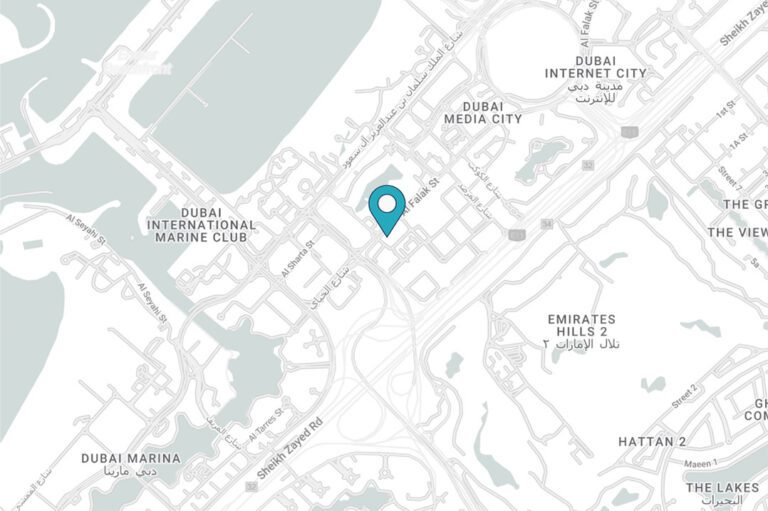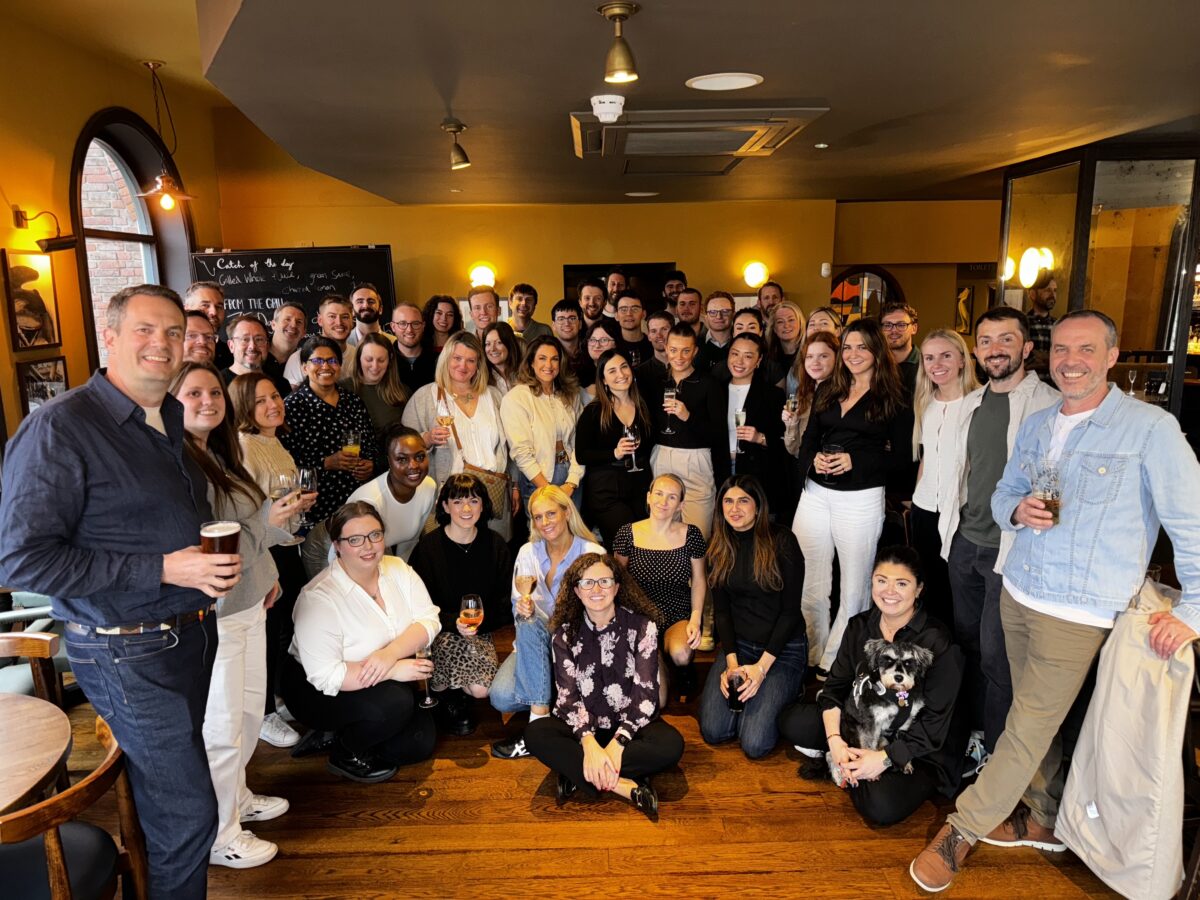“Only those who will risk going too far can possibly find out how far one can go.” ― T.S. Eliot
People often ask what drives us? For me, it’s a good challenge. Tell me that I can’t do something, and I will prove that I can. Say I don’t know what I’m talking about and I’ll impress you with a well thought-out, carefully crafted argument as to why I do.
Whether you’re trying to persuade a client to do a guerrilla PR campaign, working on developing award winning ideas for that game-changing new business pitch or refining your skill sets to adapt to a new team, each day as a PR professional is faced with challenges.
What I’ve always liked most about a challenge is the thrill of the chase. I like taking a “No” and turning it into a “Yes,” to do whatever it takes to prove to myself, above anyone else, that I can complete a task, learn a new skill or back up my claim.
I believe that nearly all PR professionals are driven by the chase, and that is what draws us to this industry. Securing top-tier media coverage—or coverage in general—isn’t easy. Journalists are inundated with pitches from competitor agencies and brands every day, and even for those of us who do our due diligence to make a story angle relevant, engaging and timely, sometimes it falls flat. But that “No” only motivates us even more.
So, how do we meet these challenges head-on? In our personal lives, we get persistent (don’t confuse that with stalkerish; there is a fine line). We work on building rapports with people. The same approach can be taken when pitching to media. Here’s how:
- Why meeting in the ‘real’ world matters: In a digital age where the average Outlook user sends 121 emails a day1 and over 5002 posts are generated per second it is easy to get caught up in a world of digital communication. I do however think that it is bad practice to rely on it as a sole means of getting to know key contacts. Make time to get out and about and meet the media that you’re pitching to, the suppliers which you’re negotiating quotes with and the clients which are always too see you. Facetime is priceless and the rewards can be immeasurable.
- The 3-day rule does apply: That being said, following up over email or on the phone doesn’t hurt, just don’t follow-up with a reporter too soon. Give them time to read their email, digest your angle and decide if it fits the publication’s editorial theme. A rule of thumb I’ve always worked by: one initial email pitch, one follow-up email two or three days later and a final phone call (unless the reporter prefers not to be called). If you don’t get a response after that, move on to the next target and save that other reporter for a different story angle.
- Get to know their interests: Most reporters have a specific area they cover and target audience—get to know what they’re writing about and who they’re writing for. This means taking the time to actually read through their stories. Journalists can tell if you read their writing, or if you simply make mention of the article’s title in a pitch. You can also use social media to your advantage. Follow reporters on the various channels and see what they’re talking about. Engage with them in the comment sections of their articles. Or shoot them a quick email to ask what they’re working on. An exchange that isn’t always a pitch can do a lot of good when building a relationship.
- Stick to your word: When you finally break through to a reporter, see the opportunity all the way through. Sometimes, unforeseen circumstances will crop up, and if you do have to back out, offer an alternative. Maybe a different client is doing something relevant that fits that reporter’s beat, or maybe you have news coming out in a few weeks that will be of interest. Either way, honest communication during the entire process will let a reporter know you’re someone they will want to work with again in the future.
So, while many PR practitioners are often faced with rejection when it comes to vying for journalists’ cherished attention, we must quickly find ways to embrace that dismissal or lack of response and turn it into a positive. For me, it’s found in the thrill of the chase.
The reality is networking with a journalist is a courtship. The most important thing to remember is that the more time and effort you put into it, the more likely you’ll create that connection. Even if your pitches get rejected, don’t give up—it’s all part of the challenge.
















